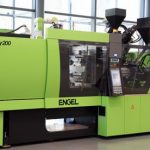
Qualitätsregelung von Spritzgießmaschinen2024 - 2027
Spritzgießen ist das bedeutendste Verfahren zur Herstellung von Kunststoffbauteilen. In diesem Forschungsprojekt werden Regelungsstrategien auf Basis datengetriebener Modelle und iterativer Lernregelung entwickelt, um ein stabiles und hochwertiges Spritzgießen zu gewährleisten. Der Schwerpunkt liegt auf der automatisierten Qualitätsregelung sowie auf der Optimierung der Zykluszeit unter Qualitätsvorgaben. Weiterlesen →
Modellierung und hochgenaue Regelung eines Permanentmagnet-Linearsynchronmotors2021 - 2025
In diesem Projekt wird ein effizienter Modellierungs- und Regelungsansatz für Permanentmagnet-Linearmotoren mit beliebig gekrümmten Segmenten entwickelt. Auf Basis eines hochgenauen Modells werden energieeffiziente Ströme berechnet, die eine gezielte Kraftübertragung auf die Shuttles ermöglichen. Durch den Einsatz eines lernenden Regelungsverfahrens wird eine hochpräzise Positionsregelung im Einzel- und Mehrshuttlebetrieb selbst bei engem oder variierendem Shuttleabstand erreicht. Weiterlesen →
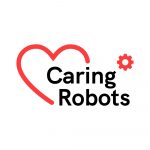
Caring Robots // Robotic Care2022 - 2027
Unser Ziel ist es, Robotik-Technologie in der Pflege neu zu denken, indem wir eine Technologie entwickeln, die nützlich, sicher, sinnvoll und gewünscht ist, und zwar durch einen Designprozess, der Pfleger:Innen, Menschen in der Pflege, Pflegeorganisationen und andere Interessengruppen einbezieht. Weiterlesen →
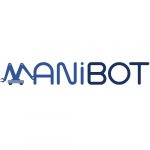
MANiBOT2023 - 2026
Advancing the physical intelligence and performance of roBOTs towards human-like bi-manual objects MANipulation Weiterlesen →
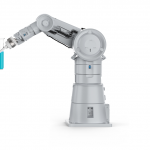
TraceBot2021 - 2025
Traceable Robotic Handling of Sterile Medical Products Weiterlesen →

iChores2022 - 2025
Intuitive Collaboration with Household Robots in Everyday Settings Weiterlesen →

Regelung von Quantenzuständen für levitierte Teilchen2023 - 2025
Ziel dieses Forschungsprojekts ist die Erzeugung von bewegten Quantenzuständen mesoskopischer, optisch levitierter Teilchen durch Methoden der Regelungstheorie und echtzeitfähigen Algorithmen. Durch ihre unübertroffene Empfindlichkeit haben levitierte Nanopartikel eine Vielzahl von möglichen Anwendungsgebieten - von der Erforschung dunkler Materie bis hin zu kommerziellen Sensoranwendungen. Weiterlesen →

Regelungsstrategien für Quantenfelder2022 - 2025
Die Hauptmotivation dieses Projekts ist die Entwicklung von Regelungs- und Steuerungsalgorithmen, die Operationen zur Quantensimulation für Experimente mit ultrakalten Atomen mit hinreichender Präzision ermöglichen. Insbesondere wollen wir algorithmische Werkzeuge für zwei unterschiedliche physikalische Situationen entwickeln: mikroskopische thermische Maschinen auf Quantenfeldern und das gezielte, kohärente Aufspalten von Bosegasen. Weiterlesen →
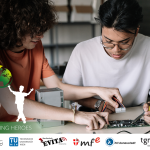
Recycling Heroes2022 - 2024
Recycling Heroes - Anwendung von Citizen Science in Schulen um die Kreislaufwirtschaft in der Elektronikindustrie zu fördern Weiterlesen →
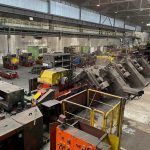
Produkt-Startzeit- und Reihenfolgeoptimierung für ein Mehrlinienwalzwerk
In einem Projekt gemeinsam mit der voestalpine Böhler Edelstahl GmbH & Co KG wird die Startzeitpunktsplanung und die Erstellung von optimierten Produktreihenfolgen für ein Mehrlinienwalzwerk behandelt. Basierend auf Prozesszeitmodellen für alle relevanten Abschnitte des Walzwerks wird ein Algorithmus zur Berechnung von optimalen Produkt-Startzeitpunkten entwickelt. Dabei wird berücksichtigt, dass einzelne Prozesszeiten stochastisch sind. Weiters wird ein Lösungsalgorithmus für das kombinatorische Optimierungsproblem zur Ermittlung einer optimierten Produktauswahl und -reihenfolge entwickelt. Weiterlesen →